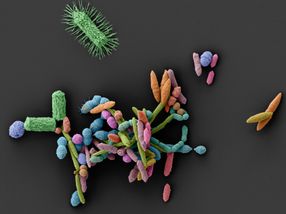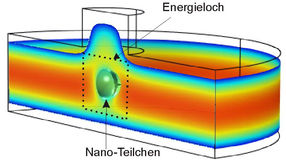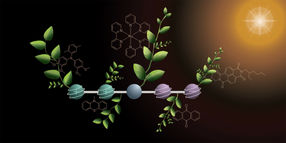Age-related obesity: brown fat fails
Advertisement
As most people resolve themselves to lose weight this New Year, here's why it seems to get easier and easier to pack on unwanted pounds: New research published in the issue of The FASEB Journal, shows that as we age, the thermogenic activity of brown fat is reduced. Brown fat is a "good" fat located in the backs of our necks that helps burn "bad" white fat around our bellies. Additionally, the researchers also discovered a possible metabolic on/off switch that could reactivate brown fat.
"Future studies on how PAF/PAFR signaling controls UCP1 levels through beta3-AR production in the BAT of animals and humans may reveal new therapeutic targets to treat metabolic disorders associated with obesity," said Junko Sugatani, Ph.D., a researcher involved in the work from the Department of Pharmaco-Biochemistry at the School of Pharmaceutical Sciences at the University of Shizuoka in Shizuoka, Japan.
To make this discovery, scientists analyzed two groups of mice. The first group had the platelet-activating factor receptors (PAFR) gene knocked out. The second group was normal. PAFR-deficient mice developed a more severe obese state characterized by higher body and epididymal fat mass with age than that of wild-type littermates. Findings from the PAFR-KO genetic model reveal that PAFR-deficiency causes brown adipose tissue (BAT) dysfunction, which converges to induce the development of obesity, due to impaired thermogenic activity of BAT. This study could elucidate the molecular mechanism underlying the PAF/PAF receptor-mediated anti-obesity, leading to the development of new targets for the treatment of obesity and related disorders, such as diabetes, high blood pressure, heart disease, cancer, infertility and ulcers.
"A common complaint is that older people have to work twice as hard with their diets and exercise to get half of the results of younger people," said Gerald Weissmann, M.D., Editor-in-Chief of The FASEB Journal. "Now we have a much better idea why this is the case: Our brown fat stops working as we age. Unfortunately, until a way to turn it back on is developed, we'll have to be prepared to eat more salads and lean proteins, while logging more miles on the treadmill than our younger counterparts."
Original publication
Other news from the department science

Get the life science industry in your inbox
By submitting this form you agree that LUMITOS AG will send you the newsletter(s) selected above by email. Your data will not be passed on to third parties. Your data will be stored and processed in accordance with our data protection regulations. LUMITOS may contact you by email for the purpose of advertising or market and opinion surveys. You can revoke your consent at any time without giving reasons to LUMITOS AG, Ernst-Augustin-Str. 2, 12489 Berlin, Germany or by e-mail at revoke@lumitos.com with effect for the future. In addition, each email contains a link to unsubscribe from the corresponding newsletter.
Most read news
More news from our other portals
Last viewed contents

WACKER to Invest Double-Digit Million-Euro Sum in Biotechnology Center - The product portfolio is to expand through innovation, partnerships and acquisitions
Category:Homeopathic_organizations

From moo to goo - Cooperating microbes convert methane to alternative fuel source
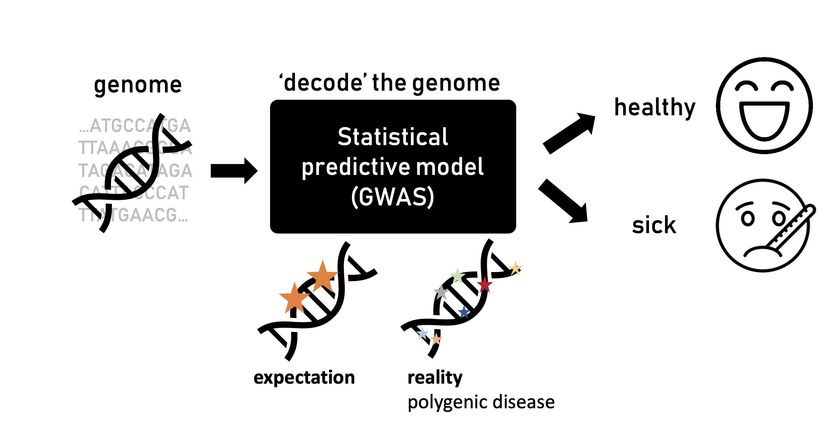
Understanding How Mutations Affect Diseases - Novel Framework to Study Polygenic Diseases
Corning Incorporated Acquires Axygen BioScience, Inc. - Acquisition to expand Corning's portfolio of life sciences products and global customer access
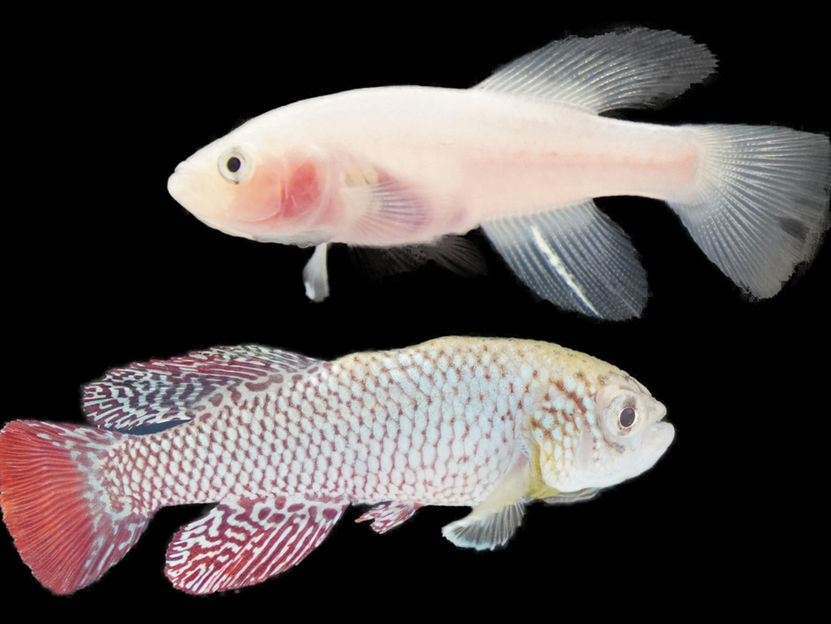
Klara – A transparent fish for research on aging - Inactivation of pigmentation using CRISPR/Cas9

























